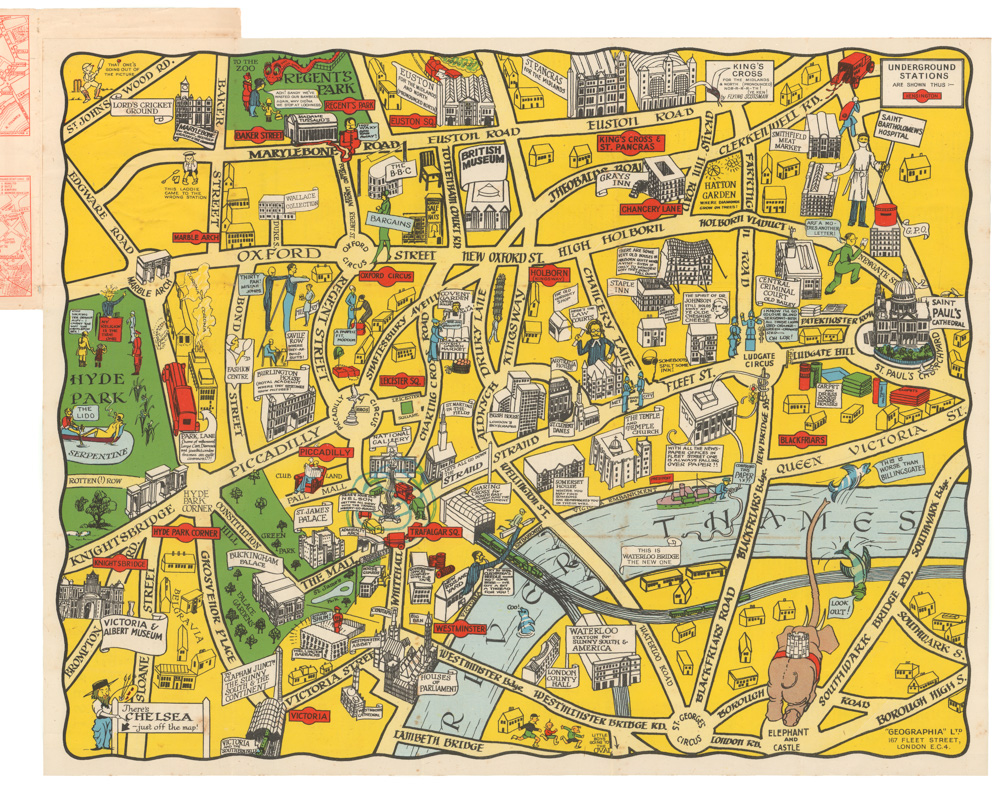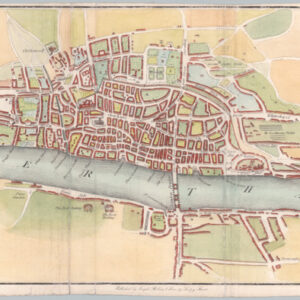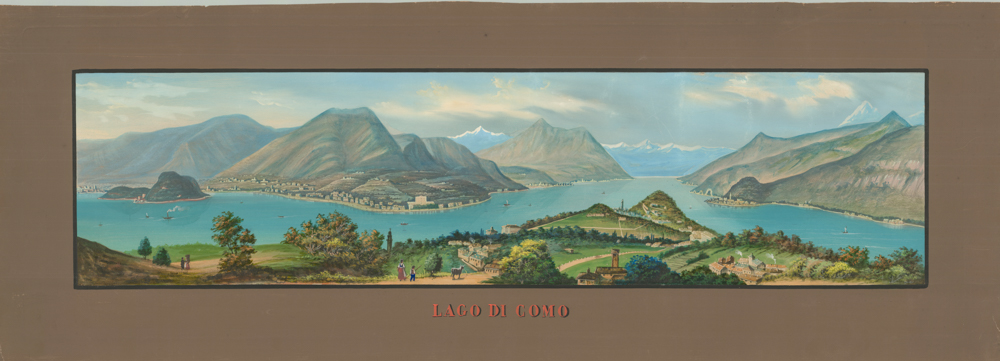Nicolosi’s impressive four-sheet map of Europe, with the Holy Roman Empire and late-Renaissance Italy.
Europam et Asiæ partem Sic describere Conabar Ioannes Baptista Nocolosius S.T.D. Secondarily: Imperium Romano-Germanicum Secundum Decem Circulos Diuisum Describebat Ioannes Baptista Nicolosius S.T.D. & Italia Secundum Dominatus Descripta per Ioannem Baptistam Nicolosivm.S.T.D.
Out of stock
Description
This rare 17th century of Europe — here a first state in rare original outline color — was produced by Italian geographer and map-maker Giovanni Battista Nicolosi on a commission from the Vatican. Published in Nicolosi’s seminal atlas Dell’ Ercole e Studio Geografico, the map tells the story of Europe on the cusp of an age of sweeping and aggressive expansion. It is both one of the first post-Renaissance maps of Europe to be produced in the Italian schools of cartography, and the first map of Europe to use the landmark Nicolosi Globular Projection. We are, in other words, dealing with an exceptional piece of cartographic history here.
When combined, the the four sheets of the Europa map provide a tripartite image, with the major map of the continent in the middle, crowned by two inset maps above it. This layout makes the Europa map unlike all of the other continental maps of the Ercole, and these secondary maps are so large that they in essence constitute (and often are sold as) individual sheets. The unusual composition was possible due to the globular projection mentioned above. This manner of depicting an arching map that emulates the physical curvature of the globe meant that the upper part of a northern continent like Europe inevitably ended up being portrayed in a narrower space than its southern half.
The almost triangular shape of the map creates two large spaces at either side of the map’s northern half and it is this space which Nicolosi uses to include an additional two maps, both of which offer an even higher degree of detail than the continent offers. The two insets constitute maps of the the German Holy Roman Empire and Italy, respectively. In the mid 17th century, these were two of the world’s most important regions in regard to politics and faith (and the amalgamation of them) — especially when seen from the perspective of a Vatican cartographer. The insertion of the two additional maps was an elegant solution, which not only balanced the overall work visually, but which undoubtedly also pleased Nicolosi’s patrons.
Th Europa map covers all of the continent, showing it from the shores of North Africa and the Ottoman Empire in the south and east, to the Arctic and North Sea at the opposite end. While Europe naturally was well-known and well-mapped at this stage, there were still many regions that remained unsatisfactorily surveyed and described. These included the Sami region of Finmarken in Northern Scandinavia, which in Nicolosi’s map is shown in impressive detail. He also includes some of the earliest depictions of Spitsbergen and Novaya Zemlya; both part of an Arctic archipelago that had been ‘discovered’ by Willem Barentsz only sixty years earlier, in 1596. The degree of detail here is not only interesting from the point of view that Nicolosi actually seems to have cared about mapping this otherwise peripheral and politically unimportant region (disregarding of course the ambitions of finding a Northeast Passage), but also because it stands in contrast to some of his other maps from the Ercole, which are distinctly conservative and unaccepting of new information.
The heartland of Europe is of course depicted in considerable detail. This was after all the home front, and plotting cities, rivers, and borders was mostly a formality. But here too we take notice of how elegantly Nicolosi composed this particular map. While areas such as England, Denmark, Greece, and Poland are provided with a high density of toponyms and pictographic features, areas such as France, Germany and Spain are comparatively empty. This is of course partly due to the details provided in the insets, which compensate and render the same level of detail unnecessary in the overall map. But for Spain and Portugal, this was not the case, and the omission of toponyms and other cartographic details can only be viewed as political.
The Spanish had during the 17th century lost considerable influence on the world stage. The Low Countries of Holland, Belgium, and Luxembourg had seceded efficiently and after thirty years of war between Protestants and Catholics (1618-48), Catholic Spain was now forced to share the world with other European powers. In the years leading up to the Ercole’s publication, Spain had fought and lost another war with a rising European power over naval and mercantile dominance. The Anglo-Spanish War between Cromwell’s England and Spain was eventually settled when Charles II was restored to the British throne in 1660, but the conflict continued to reignite in areas where English traders were challenging Spanish dominance, for example in the Caribbean. Imbuing the map with a political standpoint and making the aesthetic and compositional choices described above were quite progressive cartographic solutions for the time in which it was produced.
Another discrepancy in the level of detail applied is found when comparing Spain and Portugal to the Ottoman Empire, which is surprisingly abundant in detail and toponymy. North Africa, on the other hand, remains virtually void of information. Again, we must view this choice in light of the context in which these maps were published. While the Middle East is barely included in the western fringe of Nicolosi’s Asia map, and hence merits thorough representation in the Europa map, the African continent is represented in the Ercole by its own four-sheet map, in which Mediterranean Africa is shown in considerable detail. Nicolosi is, in other words, constantly weighing what to include and how to include it within the greater context of his atlas.
Two upper sheet maps
We have already mentioned that the Europa map is somewhat different from the other continental maps in Nicolosi’s Ercole in that it includes two large insets, which function as individual maps in their own right. These secondary maps show the Germanic Holy Roman Empire to the left, and late-Renaissance Italy to the right. The Germany map fully exploits the space available. As such, it superimposes part of the Europa chart, but only in the maritime space of the North Sea, which in this map is not considered of importance. Obviously, Nicolosi could not do something similar on the right side, as part of the European landmass then would be covered. Instead, we see another stylish solution in which the inset has been cut diagonally in steps to avoid any overlap on this side. This reduction works well visually, as it follows the geographic axis of Italy’s Adriatic coast. As if to underline their distinction, Nicolosi includes a stylized vine as a separating barrier between the two.
The Germany map covers most of the Holy Roman Empire, which was the only political construct to challenge the Papacy’s religious authority and constituted a power constellation that dated back to Charlemagne. The scope of this map extends from Austria, Poland, and Lithuania in the east, to the Low Countries and Alsace in the west. In the north we see the southern principalities of Denmark, and in the south we reach Bavaria and Bohemia. The map is highly detailed, with a wealth of place names. In light of the limited space available, Nicolosi also inserted numbered legends in both insets to help identify important locations in an otherwise densely inhabited region. A similar table is provided in the Italy map on the right, which in general is as densely annotated as the Germany map. This, of course, was Nicolosi’s home (although ironically, his native Sicily has not been included) and he made sure to represent it well.
Nicolosi and the Dell’ Ercole e Studio Geografico
Giovanni Battista Nicolosi (1610-1670) was a Sicilian priest and cartographer working for the Vatican in Rome. Motivated by the ground-breaking maps of French cartographer Nicolas Sanson (especially those in his 1653 Index Geographicus), the Propaganda Fide of Rome commissioned Nicolosi to produce an atlas that could rival that of Sanson. Over the next seven years Nicolosi labored intensively to meet his employer’s demand and the outcome would be one of the most important Italian atlases produced in the 17th century.
Nicolosi’s Dell’ Ercole e Studio Geografico was published in Rome in 1660 and again in 1671 as a posthumous Latin edition. The title referred to a comparison between the labors of Hercules and those he himself had sustained to complete a full description of the earth. In the Ercole, Nicolosi presented large four-sheet maps of all the continents as they were known in the 1650s (Africa, North America, South America, Europe, and Asia – 22 plates in all). The atlas also contained an important double-map of the world, which incorporated many of the continental map innovations on a global scale (e.g. both the dubious depiction of the Niger River, as well as the first relatively accurate inclusion of the Rio Grande). Consequently, both the 4-sheet maps of the continents, as well as the two-sheet map of the world, have become highly sought after by collectors and institutions alike.
The Ercole was dedicated to Giovanni Battista Borghese and consisted of two folio volumes that had been printed by Vitale Mascardi. Composed of no less than 22 maps with associated explanatory text, the Latin edition of the Ercole (1670) was what really allowed Nicolosi’s ideas to be fully integrated into the cartographic mindset of Europe. In time, the Ercole became one of the most important geographical works of the 17th century. In part this was because of the incredible archives and sources available to a Vatican scholar in the 17th century, but the main reason was that Nicolosi approached global mapping in an entirely novel way. Essentially, he combined the traditions and perspectives of 16th century Roman and Venetian mapmakers with the latest approaches of contemporary greats such as Nicolas Sanson. This amalgamation of traditions and styles meant that Nicolosi could come up with an entirely new way of portraying the world – especially when it came to larger landmasses where the curvature of the Earth affected the way in which such terrain could be portrayed correctly.
Nicolosi was the first to employ the so-called pseudo-perspective projection in which the established meridians were perfected with the introduction of complimenting circular parallels. Over the next decades, and especially during the early 18th century, this projection technique – also known as the globular projection – became increasingly popular and was applied by seminal cartographers such as Guillaume de l’Isle and Aaron Arrowsmith. In the decades after Nicolosi’s death, the globular or Nicolosi projection replaced the stereographic projection popularized by Mercator, which had increasingly fallen into disuse by then. During the 19th century, the Nicolosi perspective became the standard cartographic projection technique and it even remains in use today.
Cartographer(s):
Giovanni Battista Nicolosi (1610-1670), also known as Giovan Battista, was a Sicilian priest, geographer, and cartographer who worked for the Vatican’s Congregation for the Evangelization of Peoples (or Propaganda Fide) under Pope Gregory XV. Officially, the Fide office was established to promote missionary work across the globe. Still, the reality was that it constituted an essential office for the maintenance and dilation of the Church’s power in an ever-expanding world.
Arriving in the papal capital around 1640, Nicolosi studied letters, sciences, geography, and languages. In 1642, he published his Theory of the Terrestrial Globe, a small treatise on mathematical geography, and a few years later, his guide to geographic study was issued, a short treatise on cosmography and cartography. Both works reflected a Ptolemaic worldview, but his guide to geographic analysis would soon serve as an introduction to Nicolosi’s real magnum opus, Dell’ Ercole e Studio Geografico, first published in 1660. On the other hand, his Theory of the Terrestrial Globe brought Nicolosi to the attention of broader scientific circles. It earned him the Chair of Geography at the University of Rome. In late 1645, he traveled to Germany at the invitation of Ferdinand Maximilian of Baden-Baden, where he remained for several years until he returned to Rome. Here, Nicolosi was appointed chaplain of the Borghesiana in the Basilica of Santa Maria Maggiore. This honor was conferred on him by Prince Giovanni Battista Borghese, whom Nicolosi had tutored and in whose palace he had lived since 1651. Years later, Nicolosi would thank the prince for his generosity by dedicating his most seminal work to him.
A considerable collection of Nicolosi’s unpublished work exists in the Vatican and other national archives. This includes a large chorographic (i.e. descriptive) map of all of Christendom, commissioned by Pope Alexander VII, and a full geographic description and map of the Kingdom of Naples, which was sent to Habsburg Emperor Leopold I in 1654.
Condition Description
Very good.
References






![[Map of Steamship Routes and the Railways and Post Roads of the Russian Empire]](https://neatlinemaps.com/wp-content/uploads/2020/04/NL-00827_Thumbnail-300x300.jpg)
![[Map of Steamship Routes and the Railways and Post Roads of the Russian Empire]](https://neatlinemaps.com/wp-content/uploads/2020/04/NL-00827-scaled.jpg)
![[Map of Steamship Routes and the Railways and Post Roads of the Russian Empire]](https://neatlinemaps.com/wp-content/uploads/2020/04/NL-00827-scaled-300x300.jpg)